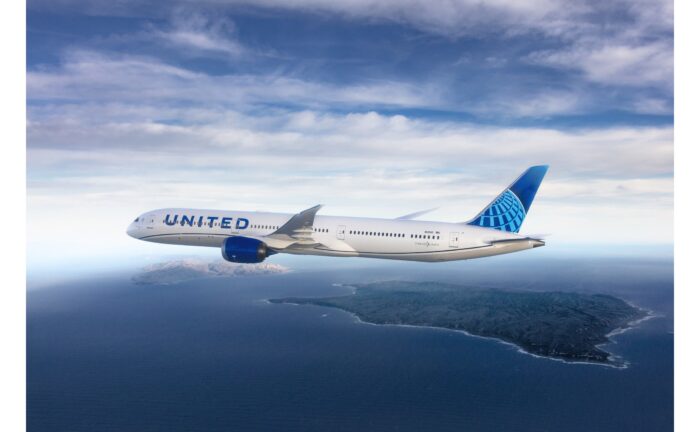
Marketing, Finance and United’s Troubled Plus Points
In my Marketing Strategy class at Kellogg, I spend a lot of time on the critical link between finance and marketing. It is impossible to be an effective marketer and business builder without a deep understanding of financial considerations.
United’s Plus Points program is a perfect example of why this link is so critical.
United Plus Points
In 2019, United rolled out Plus Points. This Mileage Plus program replaced a system of global and regional upgrade certificates.
In theory, the Plus Point program looks great. United awards Plus Points to people who fly a lot. Premier Platinum flyers receive 40 Plus Points and 1K flyers receive an additional 280, with the potential to earn even more if they keep flying.
When announced, United highlighted the program’s flexibility and the potential for instant upgrades. Flyers could deploy the Plus Points to upgrade on domestic flights or save up their Plus Points for a long-haul upgrade. An instant upgrade on a long-haul flight? That is the best of all possible uses for Plus Points.
What could go wrong?
The Problem
The program with Plus Points is simple: it is almost impossible to use them. Putting Plus Points on a flight takes effort and is rarely successful.
In my case, I’m a 1K flyer and started the year with 420 plus points. I now have 380. I’ve tried to upgrade with Plus Points on 23 flights, and succeeded on one, a very short flight from Durango to Denver. It looks like all my remaining Plus Points will expire unused.
My experience isn’t unique. One flyer wrote on Reddit, “They’re like a pile of Chuck E. Cheese tickets, but all the prize shelves are empty.”
This isn’t a good outcome for United.
Delighting customers – especially important customers – is critical for long-term business success. Great brands are built on positive experiences.
Plus Points do the opposite; the system gives United’s most important customers a steady flow of disappointment and frustration.
Almost every time you use Plus Points – and it takes effort to use them – you get a bad experience. Maybe it will work this time! No, no luck. Another disappointing flight on United. Maybe this time! No, not happening.
To make it worse, the Plus Points then expire and vanish. All those hard-earned Plus Points, gone!
A New Plan
United knows the system doesn’t work and is changing it. In the future, people will be able to use Plus Points for a range of things, like extra miles or gifting Premier status.
These are positive moves. People like choices, and everyone will be able to use the Plus Points for something.
What Went Wrong
So, what went wrong with Plus Points? How did United design such a flawed program?
To me, this is a classic example of marketing and finance not working together.
The marketing team designed a neat program to build loyalty. In theory, the Plus Points program is a great idea.
The finance team wasn’t on the same page. The revenue/pricing group focused on selling every possible premium seat on the plane. If United could sell a business-class seat to someone at the last minute for an extra $2,500 that was a great outcome. Heck, if United could sell a business-class seat for $50, it was still better than nothing.
For United’s finance team, the unspoken goal was to ensure that nobody ever used Plus Points. Filling premium seats with revenue generating customers was the objective. Seeing all the Plus Points expire unused was the perfect financial outcome.
The Learning
United has created a lot of disappointment with Plus Points. If the goal was to enhance positive feelings for the brand, it was a total fiasco.
This is a simple example of what happens when marketing and finance aren’t aligned, and why thinking through programs and building alignment is so critical.
Comments RSS Feed